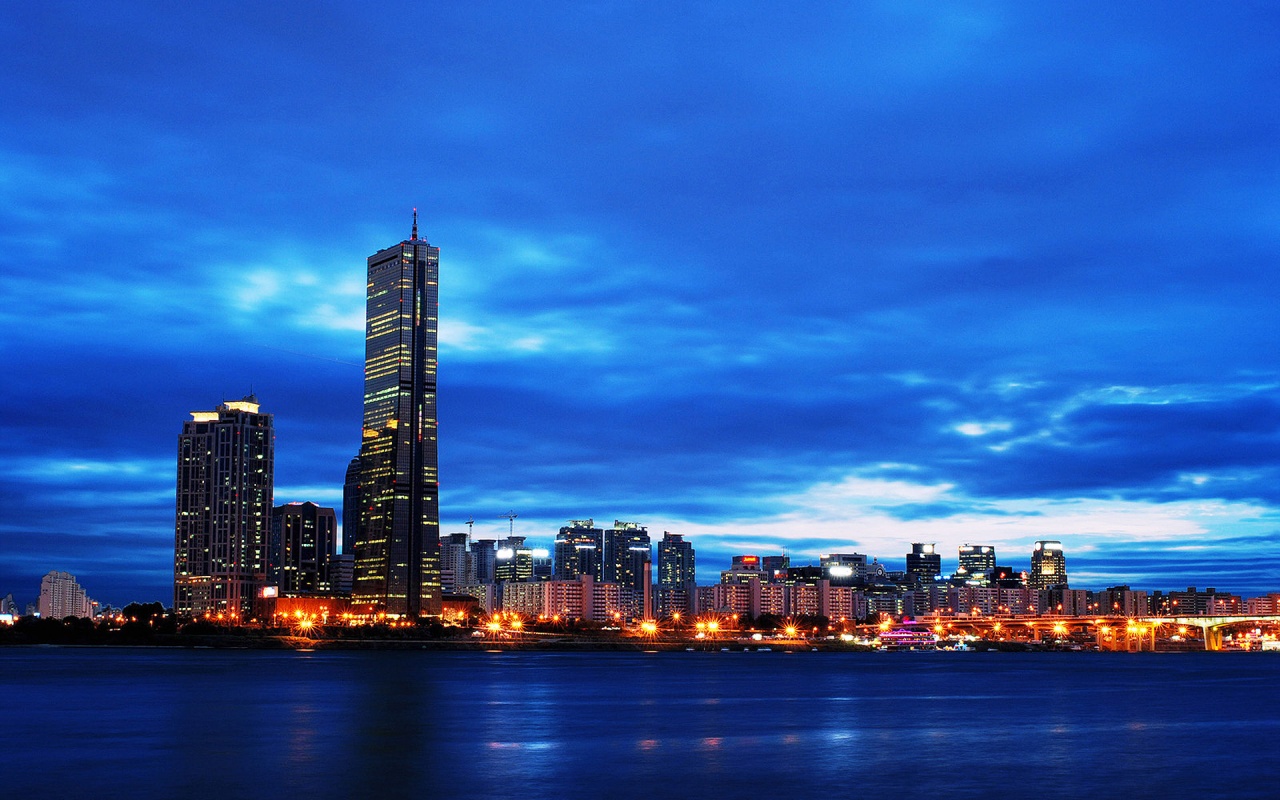 Many people consider the giant city of Seoul to simply be a large metropolis, but the reality is that it is also an important area in the history of South Korea, and it is well worth exploring the historical sites in the city. These range from the prehistoric folk that lived in the area millennia ago to the monuments of recent history in the city, and here we include five of the best historic sites in the city of Seoul.
Many people consider the giant city of Seoul to simply be a large metropolis, but the reality is that it is also an important area in the history of South Korea, and it is well worth exploring the historical sites in the city. These range from the prehistoric folk that lived in the area millennia ago to the monuments of recent history in the city, and here we include five of the best historic sites in the city of Seoul.
Amsa-Dong Prehistoric Settlement Site
The settlement site at Amsa-Dong was only revealed by flooding of the Han River in 1925, but exploration of the site actually found it to be one of the largest prehistoric settlements found in the region. The main attraction at Amsa-Dong is the opportunity to explore the re-created dwellings on the site, where the early men and women would have lived in single room huts. The nine huts on the site circle around a large central area for fire and would have been the communal space for the people living on the site.
Today the site has two halls displaying many of the examples of early earthenware, stone axes and stone arrow heads that were discovered, along with the representations of the traditional huts.
The Five Grand Palaces Of Seoul
The Joseon dynasty ruled South Korea for many centuries, and one of the most impressive achievements of this dynasty can be enjoyed as a part of a tour of the city of Seoul. The Five Grand Palaces are all within easy reach from the city centre, and all exhibit some of the traditional Korean architecture and are also wonderfully ornate. Many people will make a particular effort to visit these sites in the springtime, as all of the palaces also have attractive gardens, and the flowering cherry blossom in the spring make these spaces almost idyllic.
The restoration of the grandest of these palaces, Gyeongbokgung, is one of the most ambitious projects currently underway in Korea, as hundreds of buildings on the site were demolished during the Japanese invasion at the start of the twentieth century. One of the most impressive buildings to be found in the palace is the Royal Banquet Hall which has been built on a foundation of stone pillars that have been sunk into an artificial lake, and is truly stunning.
The National Folk Museum Of Korea
Within the grounds of the GyeongbokgungPalace lies the National Folk Museum of Korea, and a visit here is certainly worth combining with a visit to the palace. This museum looks at the history and customs of the people of South Korea, and how the traditions of the country developed and grew. The museum itself has thousands of exhibits spread through three main buildings, and these cover the development of Korean culture and lifestyle from ancient times through until the beginning of the twentieth century.
The Fortress Wall Of Seoul
There are parts of the old Fortress wall to be found around much of the old city of Seoul, and these areas are among the green natural areas to be found in the city. With some parts of the wall itself dating from the end of the fourteenth century, these historic fortifications were all created during the Joseon dynasty, and the period of construction can often be spotted in the type of stones used in each part of the wall.
Today there are many parts of the fortress wall that are used for hiking and relaxing, and two of the best sites can be found in WaryongPark and NamsanPark, where the historic walls are set in attractive natural areas.
Independence Gate
As a relatively small country that had historically been invaded by China and Japan, the Independence Gate was built at the end of the nineteenth century to celebrate the independence of South Korea. The design of the independence gate was inspired by the Arc de Triomphe in Paris, and was completed in 1897. The gate is to be found in the SeodaemunIndependencePark, which also incorporates a number of other attractions such as two important monuments and a museum based in the building of the former Seodaemun Prison.